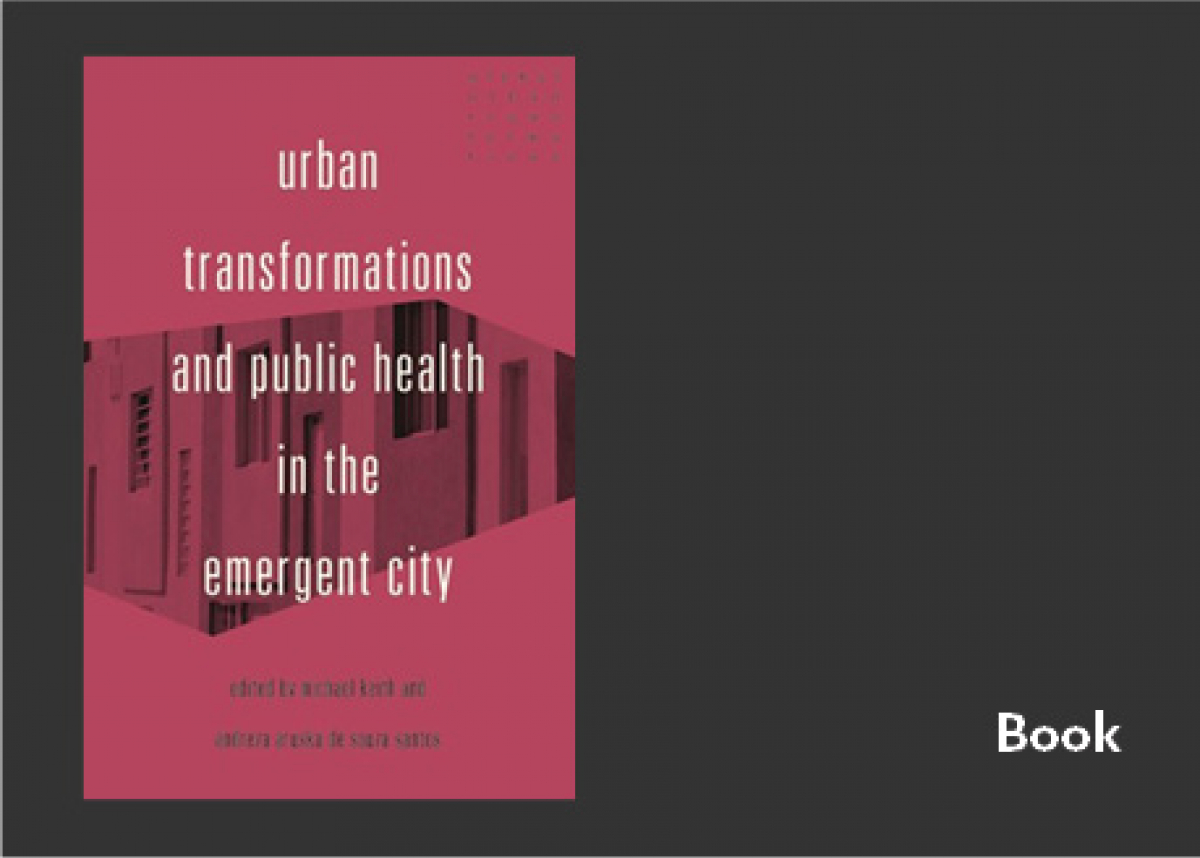
Spatial Accessibility Patterns to Public Hospitals in Shanghai: An Improved Gravity Model
The spatial distribution of public hospitals is a crucial factor in patient access and thus important to health equity, especially amid the COVID-19 pandemic crisis.
In China, a major issue is to improve accessibility to public health care in the face of the limited space for further growth of cities. Therefore, this study assesses the current spatial accessibility patterns to public hospitals in Shanghai, using point density analysis and the comprehensively improved gravity model.
The results identify the challenges of inadequate and imbalanced spatial distribution of public hospitals at the district level and show that the central urban area has more high-quality public health care resources and also has higher accessibility levels.
Based on the comparisons in each district, the study also summarizes four policy implications for future public hospital and public health care system optimization in Shanghai, which can also be leveraged for the planning of public hospitals in other cities or other public service facilities. The first is to deploy public hospitals in areas with a large population and to introduce branches of top-level hospitals to noncentral areas. The second is the full utilization of community health service centers to relieve the burden of public hospitals to improve accessibility.